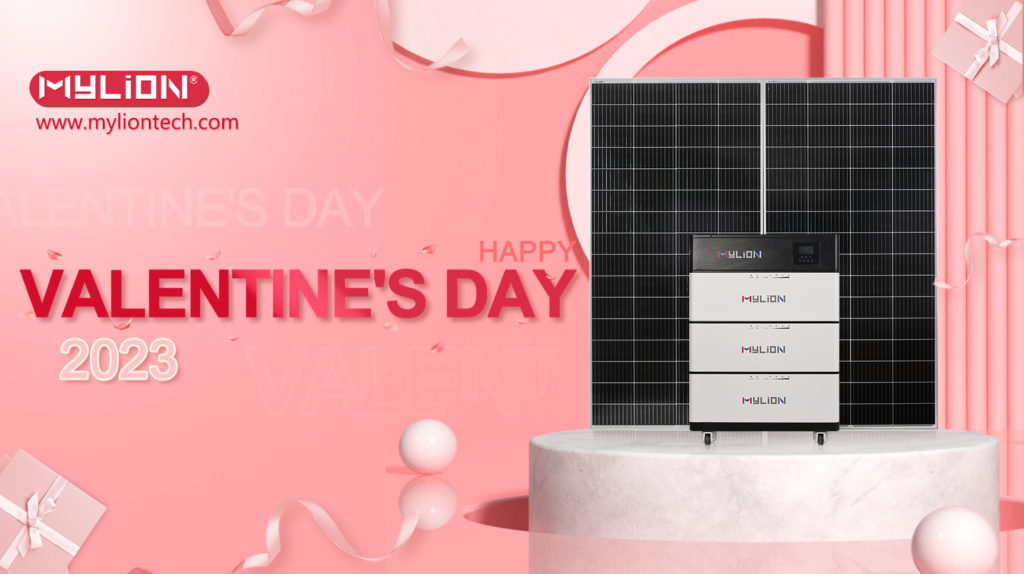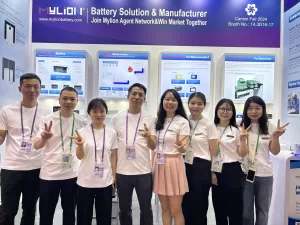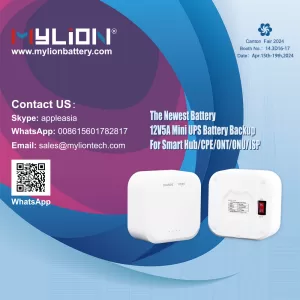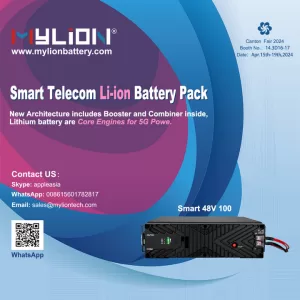To keep food safe and consistently cool, refrigerators require access to a continuous power supply, so it may seem that solar power is not a viable option. However, with the right solar power configuration and power requirement calculations, you should be able to run any refrigerator with solar power.
The Solar Power Setup
A solar power setup suitable for refrigerator use requires several devices in addition to solar panels. Batteries are needed to store the power that the refrigerator will use at night or when clouds block the sun. A device called a charge controller will smooth the flow of power from the panels to the battery. The charge controller protects the battery from drastic fluctuations in power and ensures that it always receives the proper voltage and current. Lastly, an inverter will convert the direct current (DC) power of your battery to the alternating current (AC) power used by the refrigerator.
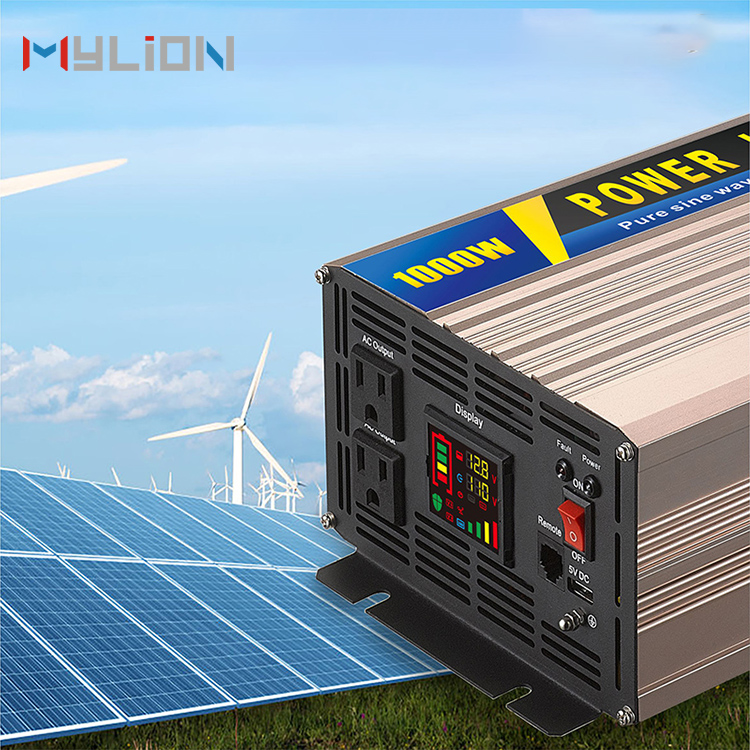
Power Consumption of the Fridge
Calculating the Energy Requirements of Your Refrigerator:
Each electrical appliance will require a specific amount of power to run. As you would expect, the power requirements for a small coffee maker are significantly different than the energy needs of a full-size refrigerator.
While refrigerators have relatively large power requirements, it is worth noting that not all refrigerators will require the same amount of power. Older models tend to drain more power than the more energy efficient newer models, while larger refrigerators will need more power than a smaller mini-fridge.
This is why it is important to calculate the exact energy requirements of your specific refrigerator before you go out and start shopping for solar panels. There are different ways you can determine the power needs of your specific refrigerator:
Method #1: Find the Energy Guide Label
While it may sound obvious, the easiest way to determine the power requirements of your refrigerator is to simply read the energy rating label. Since the 1980s, most appliance manufacturers have been required to participate in the Energy Guide program. As part of the program, appliances will come with a highly visible black and yellow sticker that will clearly state the energy requirements for that appliance, as well as an estimated cost of running it for a full year.
If your refrigerator is not brand new, you have probably already peeled the sticker off the front door; however, there are still ways you can quickly locate the information. For starters, you can usually find Energy Guide information inside the instruction manual of any appliance, by searching the manufacturer’s website, or by contacting their customer service department. Since refrigerators are large appliances, they also usually have a second sticker at the back.
Energy Guide labels will tell you the estimated annual electricity use of your refrigerator in kilowatt hours, or kWh. This information is exactly what you need to determine the fridge’s solar power needs.
Method #2: Find the Quoted Power Rating
If your refrigerator is an older model, or you cannot find Energy Guide information, you should be able to find the quoted power rating. This information is almost always added beside the product’s serial number and it will be listed in watts.
If you can find the voltage and required amperes, you can multiply the two in order to find the power requirements in watts. A simple equation you can use is Amps x Volts = Watts.
If all else fails and you cannot find the information anywhere, you might be better off simply estimating your refrigerator’s power requirements. Any modern Energy Star-rated refrigerator will use about 350kWh annually, while older, less efficient models will usually run closer to 600 kWh.

Calculating Running Watts Once You Have the Power Rating
Once you have the annual kWh requirements of your refrigerator, you can determine the running watts, which will tell you how much energy your solar panels will need to generate each day in order to power the appliance.
Once you have discovered the annual kWh energy consumption of your fridge, you will simply divide that number by 365, as this is the number of days in the year. From there, you can divide that number by 24, which will give you the watts required per hour.
For example, if your refrigerator had an annual energy rating of 365kWh, it would require 1kWh per day. Once divided by the 24 hours in a day, you would have a running watts requirement of 0.042kW/h, as 1kWh ¸ 24 = 0.042. This means you would require a solar power system that could supply 42W per hour, as a kWh is equivalent to 1,000W.
Fluctuations in Power Usage
A refrigerator uses power in different ways depending on its operating conditions. If there are a number of cold items inside it or if the ambient room temperature is cool, it will stay cool longer. Hence, it will not need to turn on as often. When the air compressor on a refrigerator starts up, it needs a surge of power that can use three times the normal running current. This surge happens only for a split-second. After startup, the fridge uses power according to the nameplate voltage and current.
Batteries and Inverter
A typical solar battery provides 12 volts of electrical energy for a certain amount of amp-hours. An amp-hour is a way of describing a battery’s capacity; it denotes how many amperes can be drawn from a battery and for how long. Typically, a battery is rated assuming a 20-hour cycle. For example, a 160 amp-hour battery would theoretically provide 8 amps per hour for 20 hours. Most solar batteries will provide sufficient current for both a refrigerator and other appliances. Inverters, which are needed to convert DC battery power to the AC power most appliances use, are never 100 percent efficient, and up to 50 percent of power can be lost in the conversion. Look for an inverter with a high efficiency rating and be sure to account for inverter inefficiency when calculating your refrigerator’s power needs.
Purchasing a Complete Solar Kit:
If all of this sounds overwhelming, do not worry, it is possible to simply purchase a complete solar kit. Solar kits are incredibly convenient, especially if you are just starting out with solar power. They come with everything you need to get started and, in most cases, bundling all of your solar equipment will keep the prices down and save you money.Mylion is a great place to start.
What is Mylion?
Mylion is an industry leader in mini UPS, solar energy systems, lithium-ion batteries, and Nimh’s battery development production, sales, and marketing. The primary markets for the export of our lithium-ion batteries are Europe as well as America. We offer our customers top-quality lithium batteries at affordable prices and top service. Through the years, our products have been recognized by established companies across different markets around the world.
Mylion manufactures a series of batteries, including lithium battery NiMH batteries, LiFePO4 batteries, Lithium polymer battery portable power sources, RC lipo batteries, mini UPS, and many more. The battery is used extensively for mobile electronic devices, with an intelligent AI robot, making people’s lives easier and bright.
You can order them at Mylion today, and you’ll be delighted. Mylion products can be purchased online through the Mylion website. For more information and more information, get in touch with us today.

